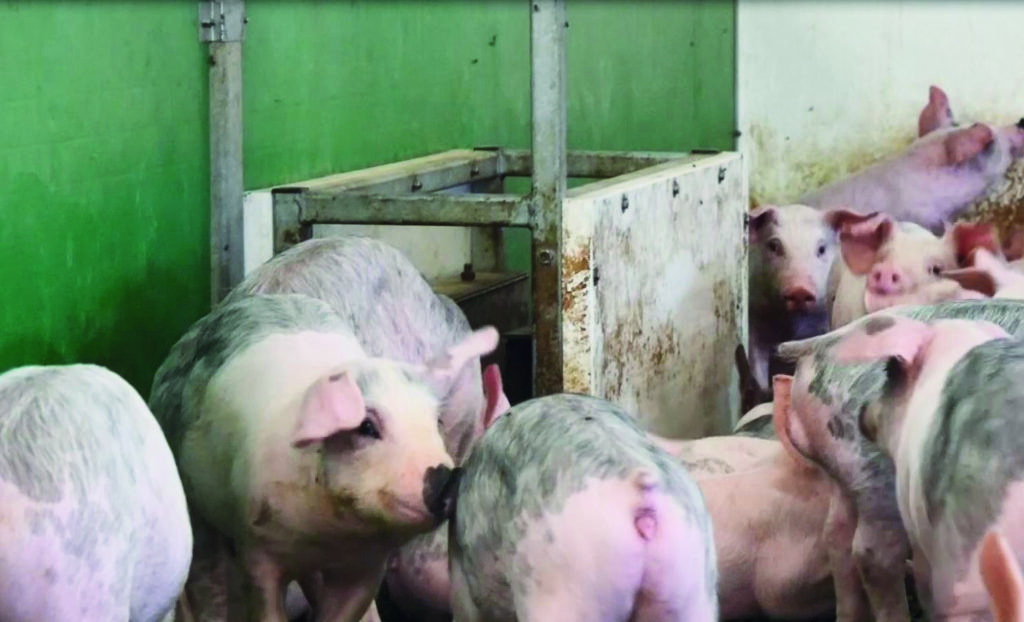Defra figures from the 1 June Agricultural survey indicate that England’s pig herd increased modestly compared to the previous year, reaching almost 4.0 million head.
This was a rise of less than 2% year-on-year. According to AHDB Pork, the increase was driven by fattening pigs, which reported a 2% rise in numbers to 3.6 million head, whereas the female breeding herd remained stable at 334,000 head.
The growth follows from a somewhat surprising annual increase in the pig herd reported in June 2016, in which both the finishing herd and breeding herd rose by 2%. However, slaughterings in subsequent months were almost consistently lower year-on-year, suggesting the absolute figure was somewhat overstated. As such, it may be that the census results this year remain a little inflated.
Nonetheless, with a 2% rise in the breeding herd recorded in December last year, a 2% increase in fattening pig numbers seems plausible. Latest figures from Agrosoft show an increase in sow productivity, which would support this and also explain the 5% rise in young pigs under 20kg. In contrast, the numbers of heavier pigs were virtually stable year-on-year. As such, slaughterings would be expected to be comparable to 2016 in the short term, before picking up at the end of the year. Throughputs did move in line with year earlier levels in August, having been trailing behind last year in previous months.

Within the female breeding herd, sows in-pig and other sows remained stable on the year, although there was a 3% decline in the number of gilts in-pig. The overall stability in the female breeding herd contrasts with the year-on-year growth shown in the December 2016 survey, and given the increased profitability of pig production this year the change could be somewhat understated. However, some anecdotal reports suggest producers have been investing in improving infrastructure, rather than further expansion this year. Nonetheless, the number of maiden gilts yet to join the breeding herd in June was up 3%, suggesting there could be further recovery on the horizon. Altogether, this would suggest that supplies might start to move up in the longer term, especially if sow productivity continues to improve.




